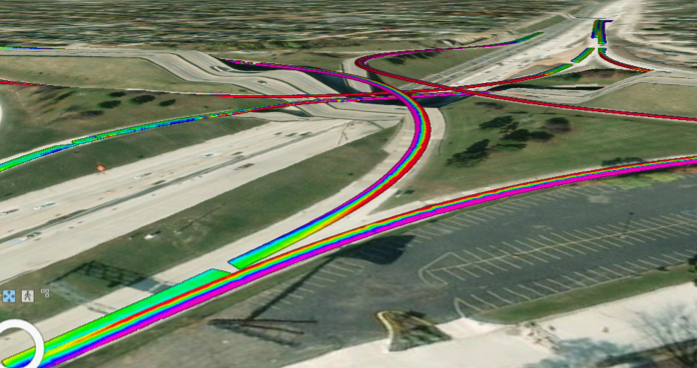
Balancing Technological Advancement with Regulatory Compliance
In the fast-paced world of technological innovation, one of the most significant challenges companies face is maintaining a balance between pushing the boundaries of what’s possible and staying within the bounds of regulatory compliance. This delicate balance ensures the safety and reliability of new technologies and their acceptance in the market.
International regulatory standards are often designed for traditional technologies, making it difficult for new technologies to prove their value due to the reliance on outdated benchmarks. The new, innovative solution is typically significantly better in many ways. However, in certain instances, some of its added benefits have to be minimized just to pass existing certification tests.
Achieving compliance is no small task. It requires:
- Thorough Testing and Validation: Technologies must undergo extensive testing to demonstrate their reliability and accuracy. This often involves both laboratory tests and real-world field trials.
- Documentation and Reporting: Detailed documentation is necessary to show that the technology meets all regulatory requirements. This includes test results, safety analyses, etc.
- Continuous Monitoring and Updates: Ongoing compliance is required. This means continuously monitoring the technology for any issues and making necessary updates to maintain compliance as standards evolve.
- Adaptive Processes: Regulatory landscapes are constantly evolving. Companies must be agile, adapting their processes and technologies to stay compliant with new standards.
XenoTrack’s solid-state LiDAR has proved how a company can successfully navigate this complex landscape.
XenomatiX works closely with several international compliance agencies to ensure that its technology meets industry standards. The NCAT, National Center for Asphalt Technology known for its rigorous testing protocols, is one such body that ensures pavement inspection technologies meet high standards of accuracy and safety. With determination and persistence, our technology has met the regulatory requirements. By rigorously testing our product and working closely with regulatory bodies like the NCAT, XenomatiX ensured their innovative technology met all necessary safety and performance standards.
“We are proud of this achievement and to give our customers more confidence regarding the performance, compliance, reliability and safety of our LiDAR systems,” said Filip Geuens, CEO of XenomatiX.
Balancing technological advancement with regulatory compliance is challenging but also essential. It ensures that new technologies can be safely and effectively integrated into the market, ultimately driving progress and innovation.